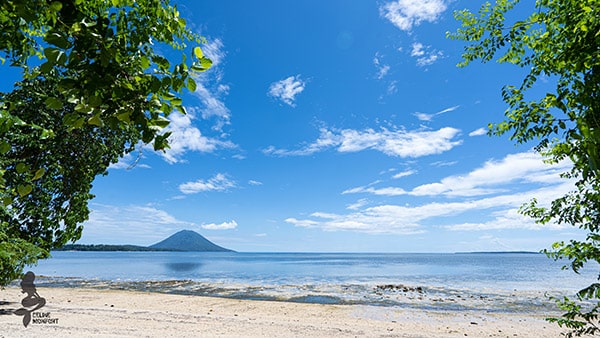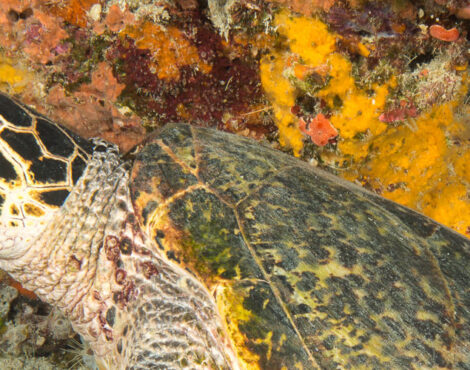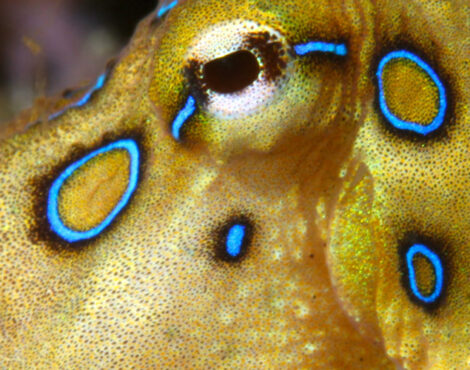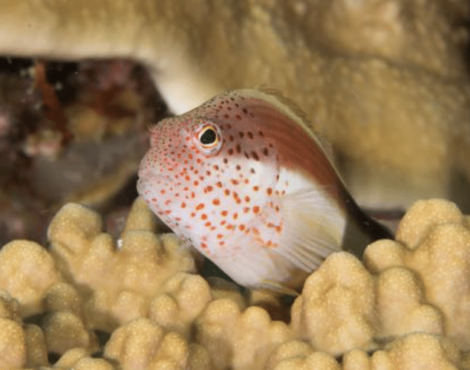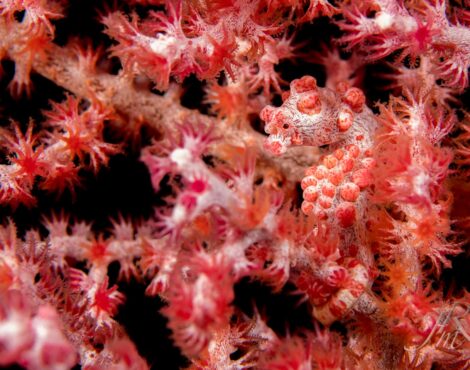The waters of Bunaken National Marine Park ebb and flow around us, as the tide comes in and out. With the reefs being so close to the shoreline, the tops are exposed and small pools of water left when the tide goes out. These pools are called tidal or rock pools.
When walking the shoreline around our island at low tide, tidal pools can be fascinating to explore.
What is a tide pool?
The gravitational forces exerted by the Moon and the Sun, combined with the rotation of the earth, causes sea levels to rise and fall. As the sea recedes, the area of shore which is normally covered is exposed. This is called the intertidal zone and is where tidal pools can be found.
Tidal pools are small pools of seawater that form during tidal cycles and are trapped in holes and cracks when the tide goes out.
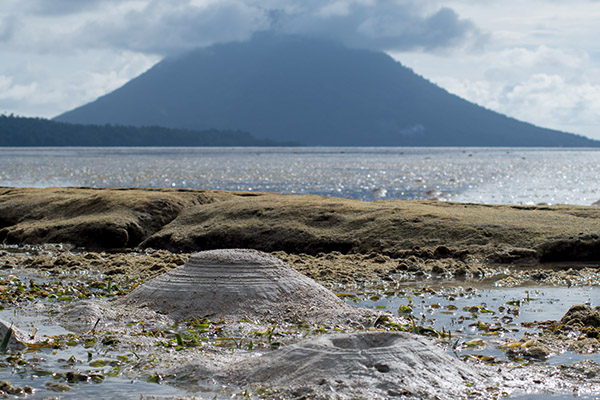
There are two types of tide pools. The first is the high tide zone which is partially or totally flooded during each high tide. Organisms living there must be tough to survive extreme conditions of wave action, currents and sun exposure.
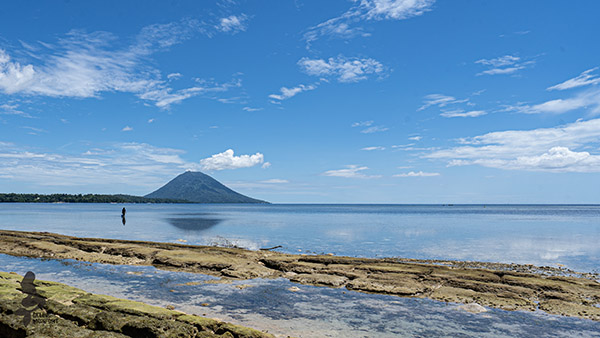
The other type is called the low tide zone, which is almost always covered by water, except during exceptionally low tides. Many bottom-dwelling invertebrates and small fish can be found living within these pools.
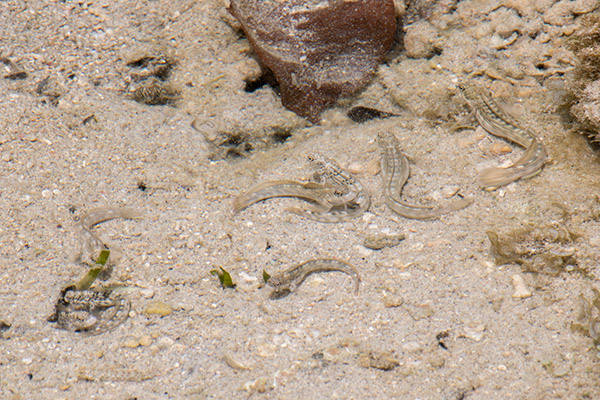
In shallow, sunlit water there is more available energy from photosynthetic activity, so these inhabitants can grow larger than normal. It is also more protected from larger predators.
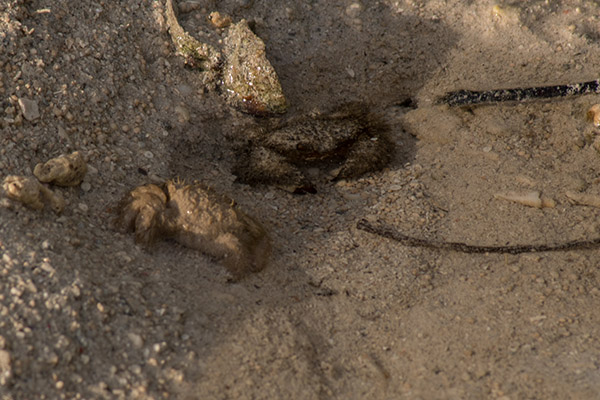
With every incoming tide, fresh nutrients and microscopic organisms such as plankton, arrive supporting the poolâs food chain. It creates a very rich and plentiful ecosystem.
What marine-life can be found in tidal pools?
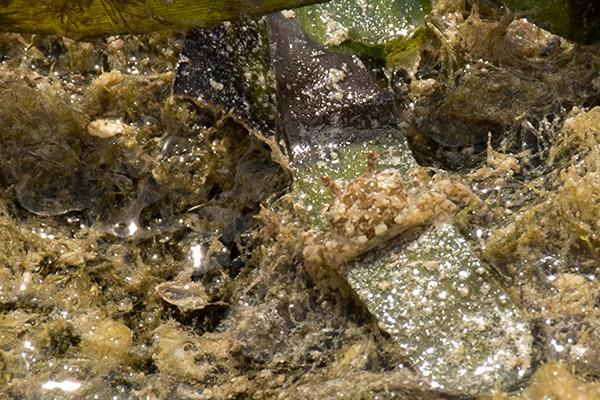
Tidal pools support both animal and plant life. Although vertebrates such as fish occasionally inhabit a tidal pool, the animal life is almost always composed of invertebrates such as snails, periwinkles, whelks, mussels, clams, barnacles, crabs and lobsters. Sea stars, sea urchins, and occasionally anemones may also live in the pools.
Plants are important food and shelter in tidal pools. Nudibranchs and hermit crabs often find shelter in the marine algae growing in the pools. The type of plants which live in pools are brown and green algae, including coralline algae which encrusts the rocks and shells of snails and crabs, sea palms and kelps which may anchor to rocks of bivalves, and colorful algae called wracks, sea lettuce, and Irish moss.
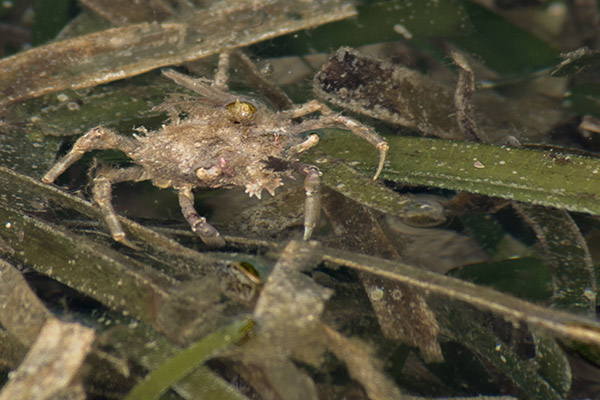
What are the challenges of living in a tidal pool?
Animals living in tidal pools must be very hardy and strong. They face many challenges including changing moisture, long exposure to the sun, dramatic temperature changes, drop of oxygen level, variation of water salinity, exposure to predators, rough waves and high winds.
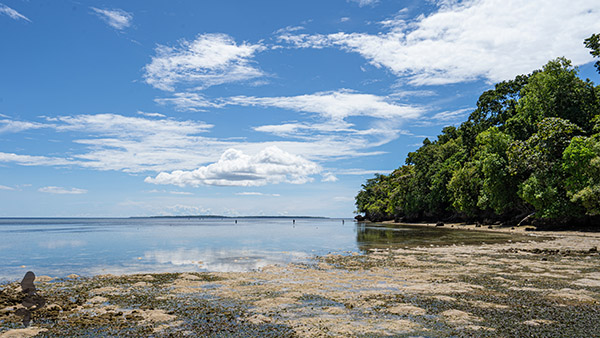
Many have adapted to survive in such challenging environments. Animals such as snails, barnacles and mussels have strong shells, whereas crabs, lobsters and shrimp have hard exoskeletons. These protect the animals from predators and help keep their bodies moist in dry conditions. In fact, snails and mussels hold water inside their shells and draw into them to keep moist.
Sea urchins and starfish cling to rocks or seaweed with their tubed feet to keep them being washed away when the tide goes out.
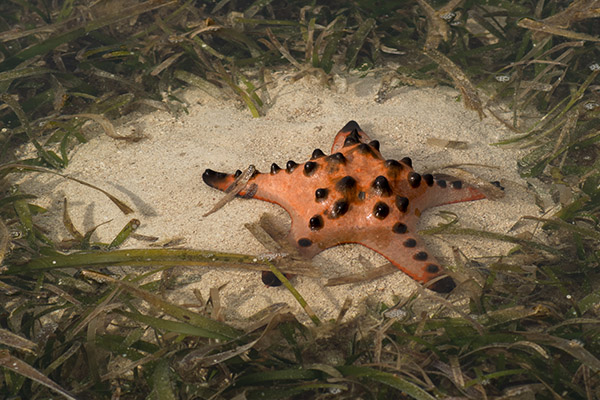
Some barnacles produce a natural substance similar to a fast-curing cement to attach themselves to rocks. It is one of the most powerful glues known to exist.
To avoid attacks from predators, many species try to hide in tidal pools. Sea urchins may attach rocks or algae to their spines as camouflage. Crabs may bury most of their body if there is sand in the pool, or hide deep in crevices. Sea slugs and nudibranchs hide under moist algae or rocks or have adapted to blend in with their environment. Decorators crabs will camouflage themselves by attaching tiny animals or pieces of algae to their backs and legs to make them virtually invisible.
Tidal Pools at Siladen Resort and Spa Island
At low tide, you can have an amazing experience seeing marine life up close in the many tidal pools found in the seagrass meadows growing on the sandy areas just in front of our resort.
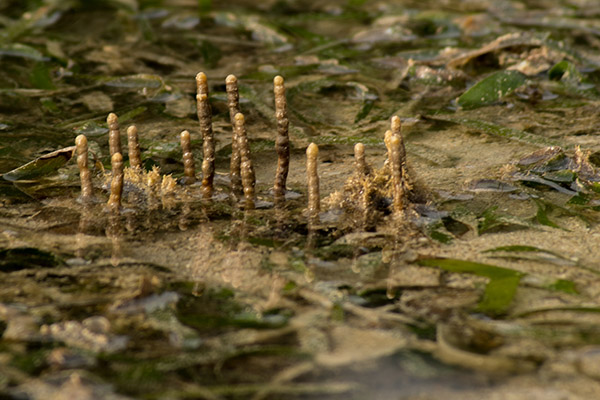
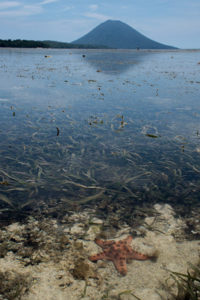
It is important to be respectful to the animals and the ecosystem. Although the animals in tidal pools are hardy, they canât survive for long out of their natural environment. They need freshwater and oxygen, as well as food from the microorganisms living in the water.
When you visit a tidal pool be careful where you walk too as not to crush any critters or disturbing small rocks, and avoid touching plants or animals. Observe quietly – the quieter and calmer you are, the more likely you will see marine life.
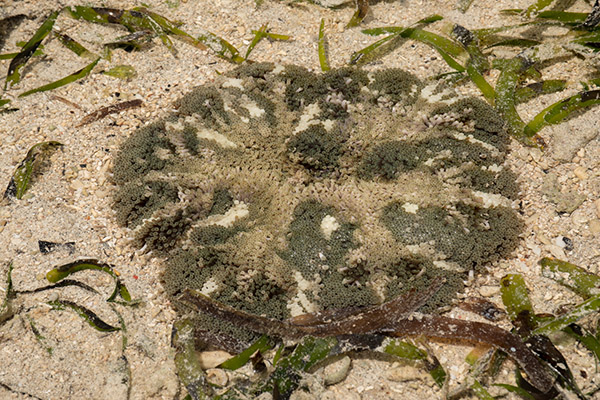
Text by Lisa Collins
Photos by Céline Monfort and Miguel Ribeiro

